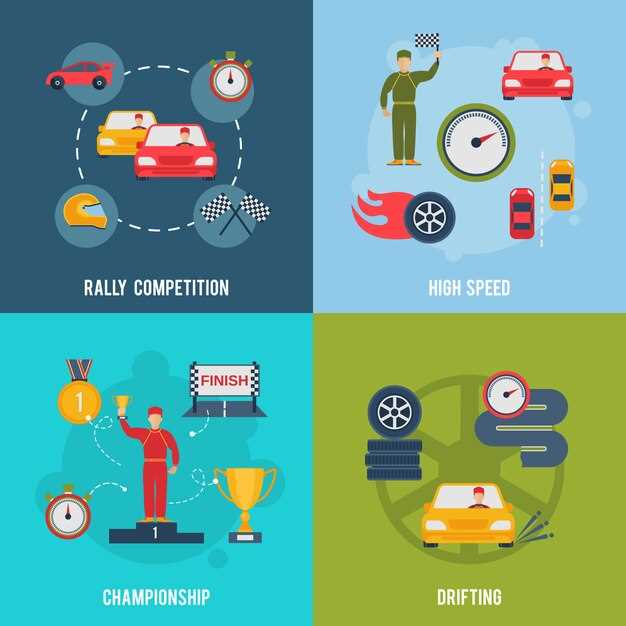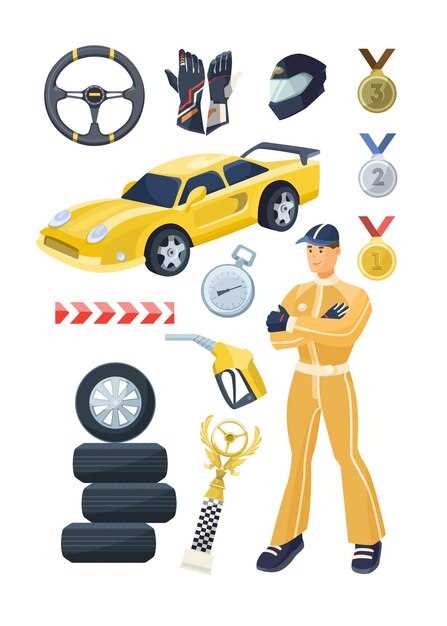
Front-wheel drive (FWD) has been a subject of debate among racing enthusiasts for decades. While traditionally associated with everyday vehicles, FWD has found its niche in the competitive realm of motorsports. This article delves into the advantages and disadvantages of FWD, examining how this drivetrain layout performs under the high-stakes conditions of racing environments.
One of the primary benefits of FWD is its superior traction during acceleration, particularly in wet or slippery conditions. The weight of the engine is positioned directly over the front wheels, which enhances their grip on the track. This can lead to improved cornering performance and stability, essential factors when navigating tight turns at high speeds. However, FWD systems are not without their shortcomings.
On the flip side, FWD vehicles often struggle with understeer, a condition where the car continues straight despite the driver’s attempt to steer. This can diminish control in competitive scenarios where precision is crucial. Additionally, the drivetrain layout restricts certain performance modifications that rear-wheel drive (RWD) or all-wheel drive (AWD) vehicles can accommodate, limiting tuning potential for experienced racers.
As we explore the pros and cons of FWD in racing, this article aims to provide a comprehensive overview for enthusiasts and competitors alike, allowing them to make informed decisions in their quest for speed and performance.
Impact of Front-Wheel Drive on Cornering Performance
Front-wheel drive (FWD) vehicles exhibit distinct characteristics in cornering performance due to their drivetrain layout. The primary advantage of FWD in corners lies in its ability to distribute weight more efficiently over the front tires. This can enhance traction during acceleration out of turns, as the driving wheels are also responsible for steering, leading to improved stability.
However, this configuration can also introduce challenges. Understeer is a common issue in FWD cars, particularly when cornering at high speeds. When the front tires lose grip, the vehicle tends to continue straight rather than following the intended path. This can hinder performance on tight circuits and affect lap times.
Moreover, the weight distribution in FWD vehicles can impact cornering dynamics. Since the engine and transmission are typically placed at the front, this can lead to a heavier front end. While this setup may provide better traction during acceleration, it can also result in a slower response when adjusting steering inputs, particularly in sharp corners.
To mitigate these effects, many FWD race cars are designed with tuned suspension systems. This can help reduce body roll and improve cornering responsiveness. Additionally, advancements in tire technology allow for better grip, which can counter some of the inherent limitations of FWD layouts.
Ultimately, while front-wheel drive systems offer advantages in terms of traction and stability, they also present unique challenges in cornering performance. Understanding these factors can help drivers and engineers optimize their setups for competitive racing conditions.
Benefits and Limitations of Weight Distribution in FWD Racing Cars

In front-wheel drive (FWD) racing cars, weight distribution plays a crucial role in determining overall performance and handling characteristics. Properly adjusted weight distribution can enhance grip and stability while cornering, leading to improved lap times. However, it presents certain challenges that teams must address to maximize performance on the track.
Benefits:
One significant advantage of FWD racing cars is that they typically have a higher percentage of weight over the front axle. This promotes better traction during acceleration, as the front tires are responsible for both steering and power delivery. Enhanced traction allows drivers to exit corners faster, which is particularly beneficial on tight circuits. Moreover, a well-balanced front weight distribution contributes to predictable handling, enabling drivers to make precise inputs without excessive body roll.
Additionally, FWD vehicles often exhibit superior braking performance due to the front-loaded weight. When braking, the weight shifts to the front of the car, increasing the contact patch of the front tires and improving stopping power. This attribute is vital in racing, where every millisecond counts.
Limitations:
Despite the advantages, FWD cars also face limitations relating to weight distribution. An overly front-heavy configuration can lead to understeer, where the car fails to turn sharply and tends to push wide in corners. Understeer can be frustrating for drivers and may require careful adjustments to the setup to mitigate its effects.
Furthermore, the rear of the car can become unsettled during high-speed cornering due to the weight bias towards the front. This instability can hamper handling and confidence, particularly on tracks with significant elevation changes or bumpy surfaces. Teams must carefully consider suspension settings and tire choices to balance these tendencies effectively.
In conclusion, while weight distribution in FWD racing cars can enhance traction and braking capabilities, it simultaneously introduces challenges related to handling dynamics. Thorough understanding and optimization of weight distribution are essential for achieving race-day success.
Comparing Front-Wheel Drive to All-Wheel Drive in Racing Scenarios

In the world of racing, the choice between front-wheel drive (FWD) and all-wheel drive (AWD) significantly impacts vehicle performance and handling. Both drivetrain configurations come with their unique advantages and disadvantages that cater to different racing conditions and driving styles.
Front-wheel drive vehicles often provide a more straightforward handling experience, making them suitable for novice drivers. The weight distribution biases towards the front, enhancing grip during acceleration while reducing oversteer. This characteristic allows for smoother cornering as the front tires manage both steering and power delivery, which can be particularly advantageous in tight, technical tracks.
However, the limitations of FWD become apparent in high-powered scenarios. Under heavy acceleration, the front tires may struggle to maintain traction, leading to torque steer, which can disrupt handling and stability. Moreover, the absence of rear-wheel power can hinder performance in drifting maneuvers, which is essential in some racing disciplines.
On the other hand, all-wheel drive systems provide superior traction and stability under various racing conditions. By distributing power to all four wheels, AWD enhances grip on slippery surfaces, making it an excellent choice for wet or mixed road conditions. This traction allows drivers to accelerate out of corners more effectively, improving lap times on tracks with long straights and sweeping turns.
AWD systems also enhance handling dynamics, particularly when navigating challenging corners. With power sent to the rear wheels, cars can achieve a more balanced setup, reducing understeer and allowing for controlled oversteer when desired. This behavior is beneficial in rally racing or any scenario where agility and maneuverability are crucial.
Nevertheless, AWD systems often add weight and complexity to the vehicle, which can negatively impact fuel efficiency and overall speed on dry surfaces. The increased weight can lead to slower acceleration and less nimble handling compared to lighter FWD setups. Additionally, maintaining an AWD system is generally more costly due to the added components involved.
Ultimately, the choice between front-wheel drive and all-wheel drive in racing scenarios depends on the specific demands of the race and the driver’s skill level. Understanding the strengths and weaknesses of each drivetrain is essential for optimizing performance and achieving competitive success.






